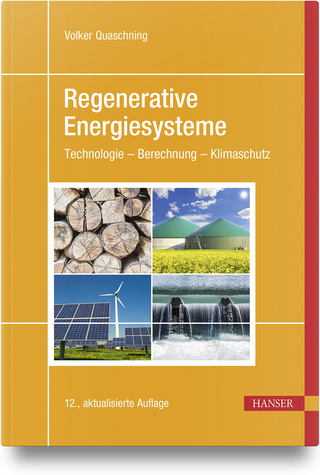
Stratigraphic Reservoir Characterization for Petroleum Geologists, Geophysicists, and Engineers
Seiten
2013
|
2nd edition
Elsevier Science Ltd (Verlag)
978-0-444-56365-1 (ISBN)
Elsevier Science Ltd (Verlag)
978-0-444-56365-1 (ISBN)
A reservoir characterization as a discipline grew out of the recognition that more oil and gas could be extracted from reservoirs if the geology of the reservoir was understood. This title describes different types of sandstone and shale reservoirs and applications of standard, new, and emerging technologies.
Reservoir characterization as a discipline grew out of the recognition that more oil and gas could be extracted from reservoirs if the geology of the reservoir was understood. Prior to that awakening, reservoir development and production were the realm of the petroleum engineer. In fact, geologists of that time would have felt slighted if asked by corporate management to move from an exciting exploration assignment to a more mundane assignment working with an engineer to improve a reservoir’s performance.
Slowly, reservoir characterization came into its own as a quantitative, multidisciplinary endeavor requiring a vast array of skills and knowledge sets. Perhaps the biggest attractor to becoming a reservoir geologist was the advent of fast computing, followed by visualization programs and theaters, all of which allow young geoscientists to practice their computing skills in a highly technical work environment. Also, the discipline grew in parallel with the evolution of data integration and the advent of asset teams in the petroleum industry. Finally, reservoir characterization flourished with the quantum improvements that have occurred in geophysical acquisition and processing techniques and that allow geophysicists to image internal reservoir complexities.
Reservoir characterization as a discipline grew out of the recognition that more oil and gas could be extracted from reservoirs if the geology of the reservoir was understood. Prior to that awakening, reservoir development and production were the realm of the petroleum engineer. In fact, geologists of that time would have felt slighted if asked by corporate management to move from an exciting exploration assignment to a more mundane assignment working with an engineer to improve a reservoir’s performance.
Slowly, reservoir characterization came into its own as a quantitative, multidisciplinary endeavor requiring a vast array of skills and knowledge sets. Perhaps the biggest attractor to becoming a reservoir geologist was the advent of fast computing, followed by visualization programs and theaters, all of which allow young geoscientists to practice their computing skills in a highly technical work environment. Also, the discipline grew in parallel with the evolution of data integration and the advent of asset teams in the petroleum industry. Finally, reservoir characterization flourished with the quantum improvements that have occurred in geophysical acquisition and processing techniques and that allow geophysicists to image internal reservoir complexities.
1. Basic principles and applications of reservoir characterization2. Basic sedimentary rock properties3. Geologic time and basic stratigraphy4. Tools and techniques for reservoir5. Sequence stratigraphy for reservoir characterization6. Geologic controls on reservoir quality7. Fluvial deposits and reservoirs 8. Eolian (windblown) deposits and reservoirs9. Shallow marine (deltaic and non-deltaic) deposits and reservoirs 10. Deepwater deposits and reservoirs11. Unconventional reservoirs12. Basic structural attributes of reservoirs13. Geomodeling
| Erscheint lt. Verlag | 29.11.2013 |
|---|---|
| Reihe/Serie | Developments in Petroleum Science |
| Verlagsort | Oxford |
| Sprache | englisch |
| Maße | 152 x 229 mm |
| Gewicht | 1100 g |
| Themenwelt | Technik ► Elektrotechnik / Energietechnik |
| ISBN-10 | 0-444-56365-2 / 0444563652 |
| ISBN-13 | 978-0-444-56365-1 / 9780444563651 |
| Zustand | Neuware |
| Haben Sie eine Frage zum Produkt? |
Mehr entdecken
aus dem Bereich
aus dem Bereich
Technologie – Berechnung – Klimaschutz
Buch | Hardcover (2023)
Hanser (Verlag)
CHF 55,95


